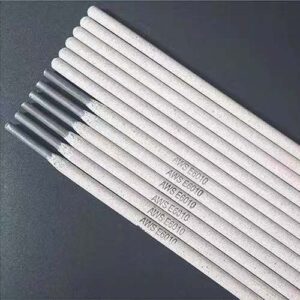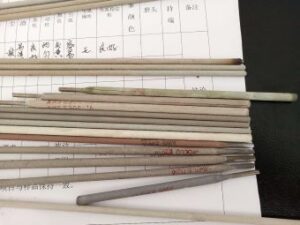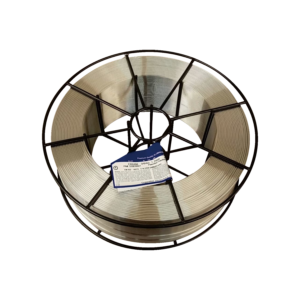
Anchor Weld Welding consumables help pipeline construction in Europe and the United States
Welding consumables for pipeline engineering are primarily used in the construction of pipelines for oil, natural gas, and other industries. These materials must offer excellent corrosion resistance, high-temperature stability, and superior strength. With years of experience manufacturing and supplying pipeline welding consumables, Anchor Weld has earned customers’ trust in Europe and North America. Our specialized welding products for pipeline engineering include Welding Consumables for Carbon Steel and Standard Low-Alloy Pipelines Root Pass E6010 or E6011 Filler and Cap Pass E6011, E7010, or E7018 High-Strength Pipelines E7010, 7018, or E8018 Thin-Walled Pipelines E6013 Large-Diameter Pipelines E7024 Low-Alloy High-Strength Steel Welding Consumables Electrodes such as E7018 and E8018, widely used in oil and gas pipeline welding. Stainless Steel Welding Consumables Stainless steel electrodes and wires like 309L






